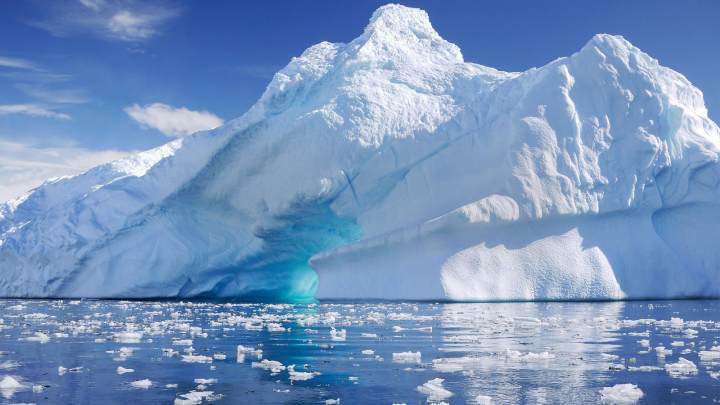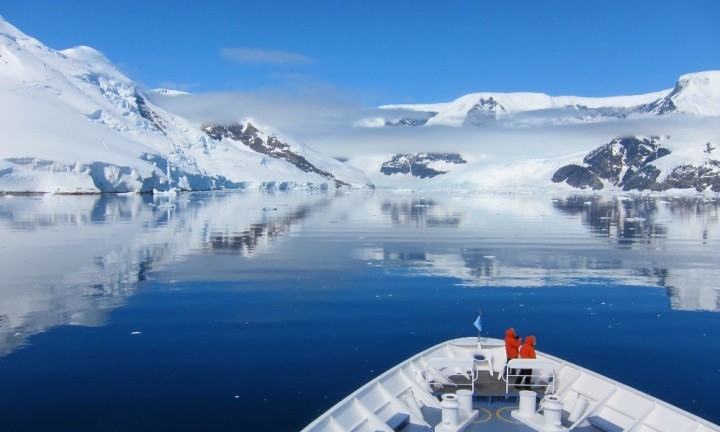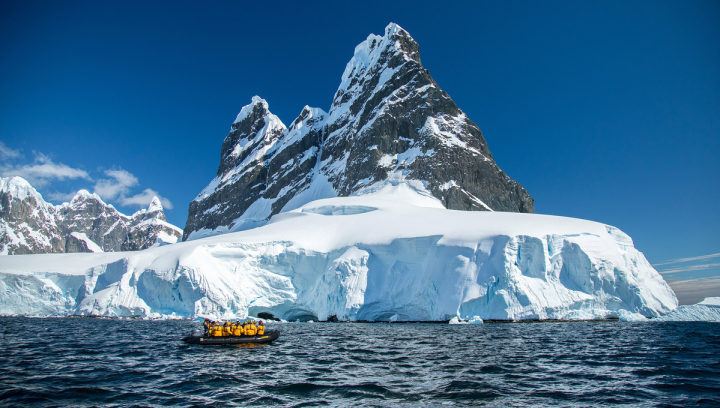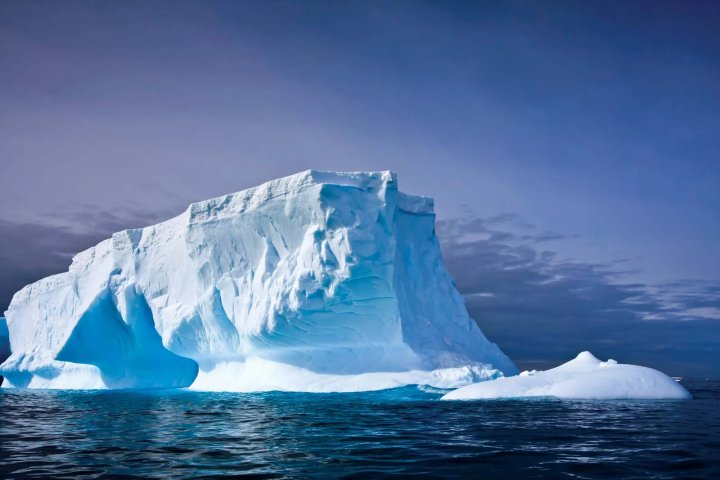
Antarctica is the southernmost continent on Earth, located in the Antarctic region of the Southern Hemisphere, where the geographic South Pole is located. Most of Antarctica is within the Antarctic Circle, surrounded by the Southern Ocean. Antarctica is the fifth largest continent in the world, with an area of about 14 million square kilometers, accounting for one-tenth of the earth's land area, ranking after Asia, Africa, North and South America, and twice the size of Oceania. With the exception of parts of the northernmost part of the Antarctic Peninsula, about 98 percent of the continent is covered by ice with an average thickness of 1.9 kilometers.

Antarctica is the coldest, driest, and windiest continent on Earth. It is the only continent that spans all meridians. With an average elevation of 2,350 meters, Antarctica is the continent with the highest average elevation in the world, more than 80%. Its coastal areas receive only 200 mm of annual precipitation, and less inland. The average temperature in Antarctica in the coldest season of the year is as low as -63°C, and the lowest temperature observed in 1983 was -89.2°C.

The native species of Antarctica include various algae, bacteria, fungi, plants (including mosses), protists, and some animals that can adapt to cold environments, such as penguins, seals, nematodes, tardigrades, mites, etc. Antarctica has no permanent residents, but there are between 1,000 and 5,000 researchers living here every year.

Antarctica is now a legally co-administered territory, governed by negotiation among member states of the Antarctic Treaty System. In 1959, 12 countries signed the Antarctic Treaty, followed by 38 countries. The treaty is intended to support scientific research and protect the Antarctic biogeographical range, and prohibits all military activities, nuclear explosion tests and the handling of radioactive materials in Antarctica. As of 2016, Antarctica has built 135 permanent scientific research stations, attracting more than 4,000 scientists from all over the world to conduct scientific experiments here.







